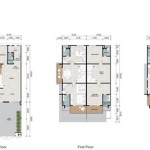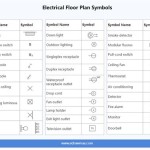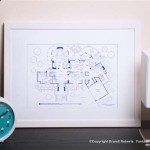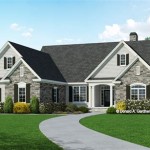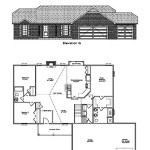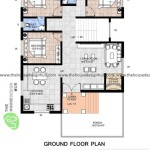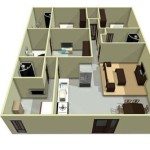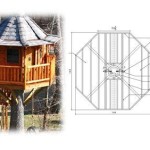Essential Aspects of Thai House Plans
Thai architecture stands out with its unique blend of traditional elements and modern aesthetics. When it comes to designing Thai-style houses, several essential aspects need to be considered to achieve authenticity and functionality.
Roof
The roof is a prominent feature in Thai house design. Traditional Thai roofs are sloped and curved upwards at the edges, resembling a boat's hull. They are typically made of tiles or thatch and extend beyond the walls, providing shade and ventilation. The roof's steep pitch helps shed water during the rainy season.
Foundation and Structure
Thai houses are commonly built on elevated platforms to protect them from flooding and insects. The foundation may be concrete or wooden stilts. The structure is typically made of wood, with walls infilled with bamboo or woven materials. This construction allows for air circulation and keeps the house cool.
Open Layout and Verandahs
Traditional Thai houses have an open layout, with the living spaces and bedrooms connecting to one another. Verandahs, or open porches, are an integral part of the design, providing additional living space and a shady area to relax. The verandahs often feature intricate wooden carvings and railings.
Decorative Elements
Thai house plans incorporate various decorative elements that reflect the country's cultural heritage. These elements may include carved gables, intricate eaves, and colorful murals. Lanterns and wind chimes are also commonly used to enhance the aesthetics.
Windows and Doors
Windows and doors in Thai houses are usually large and open, allowing for ample natural light and ventilation. They often feature wooden frames and may be fitted with sliding or folding doors to maximize space. Traditionally, windows and doors were adorned with intricate carvings or painted designs.
Interior Design
The interior design of Thai houses emphasizes comfort and functionality. Furniture is typically low to the ground and made of natural materials such as bamboo or rattan. Woven mats, textiles, and decorative objects add warmth and texture to the space. Plants and flowers are often incorporated to bring an element of nature indoors.
Sustainability
Modern Thai house plans incorporate sustainable elements, such as solar panels, rainwater harvesting systems, and energy-efficient lighting. These features reduce environmental impact and lower energy consumption while maintaining the traditional aesthetic.
Conclusion
Designing Thai house plans requires a deep understanding of the country's architectural traditions and cultural heritage. By incorporating essential aspects such as the sloping roof, open layout, decorative elements, and sustainable features, architects can create beautiful and functional homes that reflect the unique spirit of Thailand.

Plot Floor Plans Phase 1 Thai Country Homes

Thai House Plans Small 3 Bed 2 Bath Bungalow

Plot Floor Plans Phase 1 Thai Country Homes

Plot Floor Plans Phase 1 Thai Country Homes

In The Mood For Thai Style English Version บ านและสวน

Plot Floor Plans Phase 1 Thai Country Homes

Plot Floor Plans Phase 1 Thai Country Homes

Plot Floor Plans Phase 1 Thai Country Homes

Plot Floor Plans Phase 1 Thai Country Homes

Section Details Architecture Model House Village Design Wooden Plans

